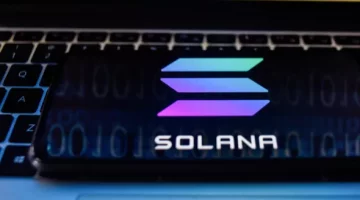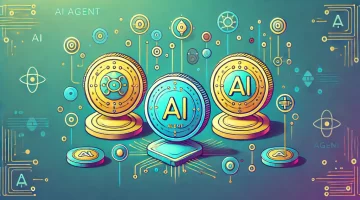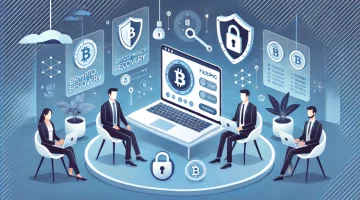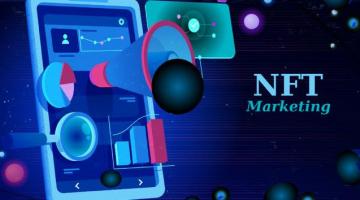NFT Utility Ideas: The Ultimate List of 10 NFT Utilities with Examples
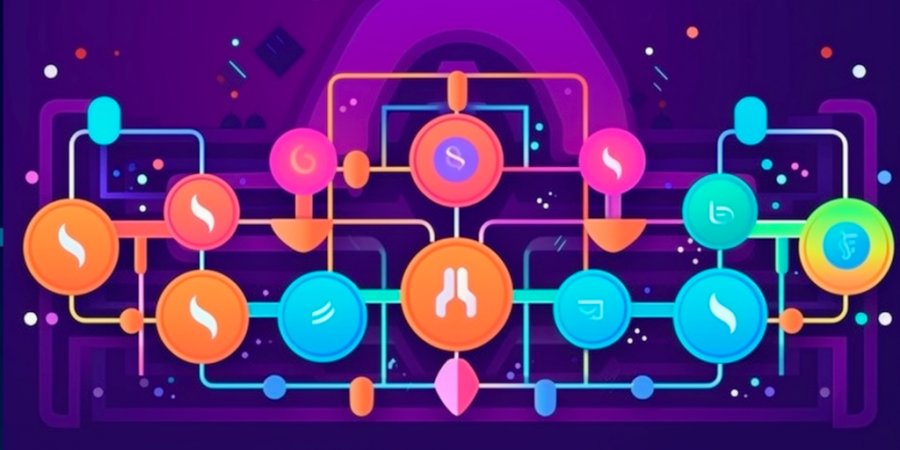
NFTs, or non-fungible tokens, are unique digital assets that can be verified and traded on a blockchain. NFTs have become a popular way for artists, creators, and brands to showcase their work and connect with their fans and customers.
However, NFTs are not just about aesthetics and collectibility. They can also have real-world utility and functionality that can enhance the value and experience of owning them. Utility NFTs are NFTs that can be used for a specific purpose or function within a given ecosystem, such as a platform, a game, or a community.
In this article, we will explore some of the best NFT utility ideas and examples that you can use to add value and functionality to your NFT collection.
NFT Utility Idea #1: Access
One of the most common and effective ways to add utility to your NFTs is to grant access to something exclusive or valuable. This could be access to a virtual world, a game, a service, a community, an event, or a piece of content.
For example, Bored Ape Yacht Club (BAYC) is one of the most successful NFT collections that offers access as a utility. BAYC is a collection of 10,000 unique ape-themed NFTs that grant access to the BAYC club, which is an online community of ape owners. BAYC holders can also access exclusive events, such as Ape Fest, which is a real-life festival for BAYC members. Additionally, BAYC holders can use their apes as avatars in various metaverse platforms, such as The Sandbox and Decentraland.
Another example is CryptoPunks, which is one of the first and most iconic NFT collections. CryptoPunks are 10,000 pixelated characters that represent different traits and attributes. CryptoPunks holders can access exclusive features and content on various platforms, such as Larva Labs (the creators of CryptoPunks), SuperRare (a digital art marketplace), and Punk Comics (a comic book series based on CryptoPunks).
By offering access as a utility, you can create a sense of exclusivity and loyalty among your NFT holders. You can also increase the demand and value of your NFTs by creating scarcity and differentiation.
NFT Utility Idea #2: Rewards
Another way to add utility to your NFTs is to offer rewards to your NFT holders. Rewards could be in the form of tokens, discounts, dividends, royalties, or other benefits.
For example, Axie Infinity is a popular blockchain-based game that involves collecting and battling creatures called Axies. Axies are NFTs that can be bred, traded, and used in battles. Axie holders can earn rewards in the form of Smooth Love Potions (SLP), which are tokens that can be used to breed new Axies or exchanged for other cryptocurrencies. Axie holders can also earn rewards in the form of Axie Infinity Shards (AXS), which are governance tokens that allow holders to participate in the decision-making process of the game.
Another example is Ethernity Chain, which is a platform that creates and sells NFTs featuring celebrities, athletes, artists, and influencers. Ethernity Chain holders can earn rewards in the form of ERN tokens, which are used to buy and sell NFTs on the platform. ERN holders can also stake their tokens to earn passive income or use them to vote on future projects and partnerships.
By offering rewards as a utility, you can incentivize your NFT holders to engage with your platform or project. You can also create a positive feedback loop that increases the value and utility of your tokens and NFTs.
NFT Utility Idea #3: Governance
Another way to add utility to your NFTs is to grant governance rights to your NFT holders. Governance rights allow holders to influence the direction and development of your platform or project by voting on proposals and making decisions.
For example, Decentraland is a virtual world where users can create, explore, and trade digital assets. Decentraland is governed by a decentralized autonomous organization (DAO), which is composed of MANA token holders and LAND owners. MANA is the native currency of Decentraland, while LAND is an NFT that represents a parcel of virtual land. MANA and LAND holders can vote on various aspects of Decentraland, such as the allocation of funds, the rules of the platform, and the future updates and features.
Another example is Uniswap, which is a decentralized exchange that allows users to swap tokens without intermediaries. Uniswap is governed by a DAO, which is composed of UNI token holders. UNI is the governance token of Uniswap, which grants holders the right to vote on proposals and changes to the protocol. UNI holders can also delegate their voting power to other users or entities, such as liquidity providers or developers.
By offering governance as a utility, you can empower your NFT holders to have a say in your platform or project. You can also foster a sense of community and ownership among your NFT holders.
NFT Utility Idea #4: Content
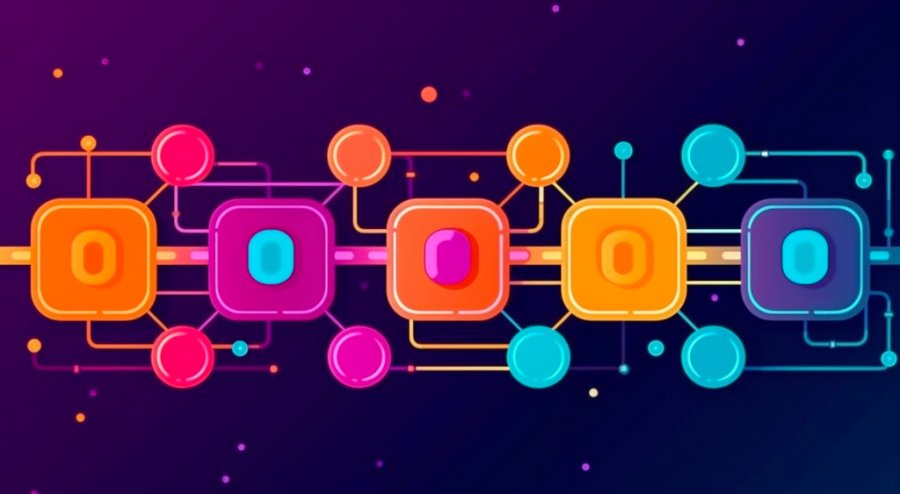
Another way to add utility to your NFTs is to provide content to your NFT holders. Content could be in the form of music, art, videos, podcasts, books, or any other type of media.
For example, Kings of Leon is a rock band that released their latest album as an NFT. The NFT album included not only the music tracks, but also exclusive artwork, animations, and videos. The NFT album also granted access to special perks, such as front-row tickets, backstage passes, and lifetime VIP access to future concerts.
Another example is Gary Vaynerchuk, who is an entrepreneur, author, and speaker. He launched his own NFT collection called VeeFriends, which consists of 10,255 character tokens that represent different traits and values. VeeFriends holders can access exclusive content, such as podcasts, newsletters, and videos. VeeFriends holders can also access VeeCon, which is a four-day conference featuring Gary Vaynerchuk and other speakers.
By offering content as a utility, you can provide value and entertainment to your NFT holders. You can also showcase your creativity and personality through your NFTs.
NFT Utility Idea #5: Identity
Another way to add utility to your NFTs is to create identity for your NFT holders. Identity could be in the form of avatars, badges, profiles, or social status.
For example, CryptoKitties is one of the first and most popular NFT games that involves collecting and breeding digital cats. CryptoKitties are NFTs that have unique traits and appearances. CryptoKitties holders can use their kitties as avatars on various platforms, such as Discord, Twitter, and OpenSea. CryptoKitties holders can also showcase their kitties on their profiles and social media accounts.
Another example is NBA Top Shot, which is a platform that sells NFTs featuring highlights from NBA games. NBA Top Shot holders can use their moments as badges on their profiles and social media accounts. NBA Top Shot holders can also display their moments on their digital wallets and collections.
By offering identity as a utility, you can create a sense of belonging and pride among your NFT holders. You can also increase the visibility and recognition of your NFTs.
NFT Utility Idea #6: Education
Another way to add utility to your NFTs is to provide education to your NFT holders. Education could be in the form of courses, tutorials, webinars, podcasts, books, or any other type of learning material.
For example, Masterclass is a platform that offers online classes taught by experts and celebrities in various fields. Masterclass recently launched its own NFT collection, which consists of 30 unique tokens that represent access to a lifetime subscription to all Masterclass courses. Masterclass holders can learn from the best in the world, such as Gordon Ramsay, Serena Williams, and Neil deGrasse Tyson.
Another example is CryptoArt.Ai, which is a platform that creates and sells NFTs featuring digital art. CryptoArt.Ai offers a utility called CryptoArt Academy, which is a series of online courses that teach NFT holders how to create their own digital art and NFTs. CryptoArt Academy covers topics such as digital painting, animation, 3D modeling, and smart contracts.
By offering education as a utility, you can provide value and knowledge to your NFT holders. You can also showcase your expertise and authority in your field.
NFT Utility Idea #7: Charity
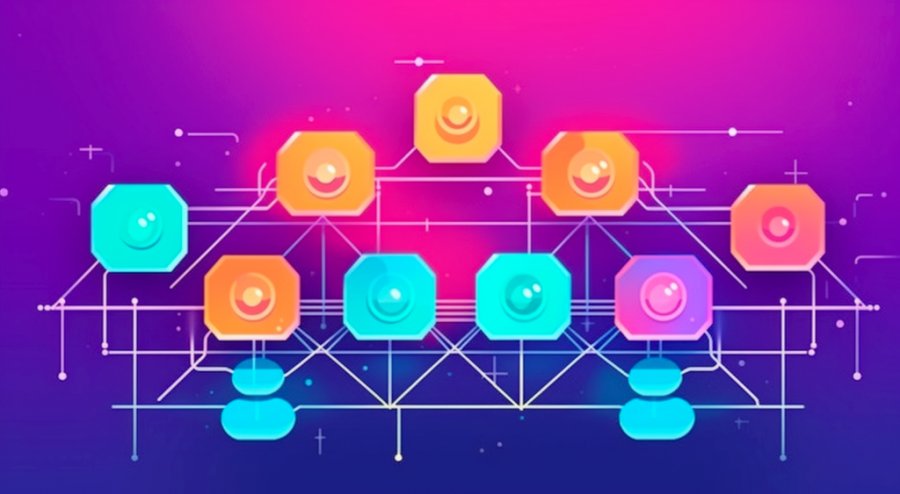
Another way to add utility to your NFTs is to support a charitable cause or a social impact project. Charity could be in the form of donations, fundraising, awareness, or advocacy.
For example, Save the Children is a global humanitarian organization that works to protect and improve the lives of children around the world. Save the Children recently partnered with Enjin, a blockchain gaming platform, to launch an NFT collection called Blocks for Change. Blocks for Change are NFTs that represent virtual blocks that can be used to build structures in Minecraft. Blocks for Change holders can support Save the Children's projects by donating their blocks or buying new ones.
Another example is The Giving Block, which is a platform that enables nonprofits and charities to accept cryptocurrency donations. The Giving Block recently launched an NFT collection called Crypto Giving Punks, which consists of 10,000 unique pixelated characters inspired by CryptoPunks. Crypto Giving Punks holders can support various causes by donating a portion of their sales or royalties to The Giving Block's partner organizations.
By offering charity as a utility, you can create a positive social impact and make a difference in the world. You can also inspire your NFT holders to be more generous and compassionate.
NFT Utility Idea #8: Membership
Another way to add utility to your NFTs is to create membership for your NFT holders. Membership could be in the form of subscriptions, clubs, networks, or communities. You can create member-only contents such as articles, videos, news on blockchain and web3 etc.
For example, Loot is a collection of 8,000 unique NFTs that represent randomized adventure gear. Loot holders can use their gear to create their own stories and characters in a fantasy world. Loot also grants access to various membership-based projects and platforms that are built on top of Loot, such as Adventure Gold (a currency for Loot), Realms (a map for Loot), and Characters (a profile for Loot).
Another example is MetaKey, which is an NFT that represents a universal key to the metaverse. MetaKey holders can access various platforms and services that are integrated with MetaKey, such as Decentraland (a virtual world), Somnium Space (a VR platform), SuperWorld (an AR platform), and MetaDrop (a curated NFT marketplace).
By offering membership as a utility, you can create a sense of belonging and identity among your NFT holders. You can also increase the interoperability and compatibility of your NFTs with other platforms and projects.
NFT Utility Idea #9: Customization
Another way to add utility to your NFTs is to allow customization for your NFT holders. Customization could be in the form of personalization, modification, enhancement, or upgrade.
For example, Cryptopunks are 10,000 unique pixelated characters that represent different traits and attributes. Cryptopunks holders can customize their punks by adding accessories, such as hats, glasses, masks, or earrings. These accessories are also NFTs that can be bought and sold on the secondary market.
Another example is Aavegotchi, which is a collection of 10,000 unique pixelated ghosts that represent different traits and attributes. Aavegotchi holders can customize their ghosts by equipping them with wearables, such as clothes, weapons, or pets. These wearables are also NFTs that can be bought and sold on the secondary market.
By offering customization as a utility, you can provide fun and creativity to your NFT holders. You can also increase the diversity and uniqueness of your NFTs.
NFT Utility Idea #10: Collaboration

Another way to add utility to your NFTs is to enable collaboration for your NFT holders. Collaboration could be in the form of co-creation, co-ownership, co-investment, or co-governance.
For example, Art Blocks is a platform that generates NFTs based on algorithms created by artists. Art Blocks holders can collaborate with other holders or artists by creating new NFTs based on existing ones, or by combining different algorithms to create new ones.
Another example is DAOs, which are decentralized autonomous organizations that are governed by smart contracts and token holders. DAOs holders can collaborate with other holders or entities by creating new projects, initiatives, or partnerships, or by voting on proposals and decisions.
By offering collaboration as a utility, you can provide value and opportunity to your NFT holders. You can also foster a sense of community and innovation among your NFT holders.
Conclusion
NFTs are more than just digital collectibles or art. They can also have real-world utility and functionality that can enhance the value and experience of owning them. You can even use them with AI for tools such as a Midjourney prompt generator.
In this article, we have explored some of the best NFT utility ideas and examples that you can use to add value and functionality to your NFT collection.
We hope this article has inspired you to think creatively about how you can add utility to your NFTs.
If you need help with creating or adding utility to your NFTs, you can use various platforms and tools that are available online. You can also discover and join existing utilities created by other users or communities for your favorite collections.
NFTs are the future of digital assets and have the potential to transform the way we interact with the digital world. By adding utility to your NFTs, you can create a unique and engaging experience for your NFT holders.
More to Read:
Previous Posts:

